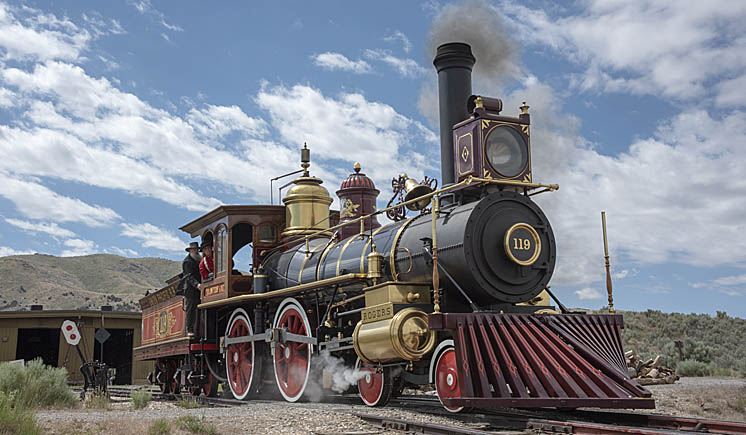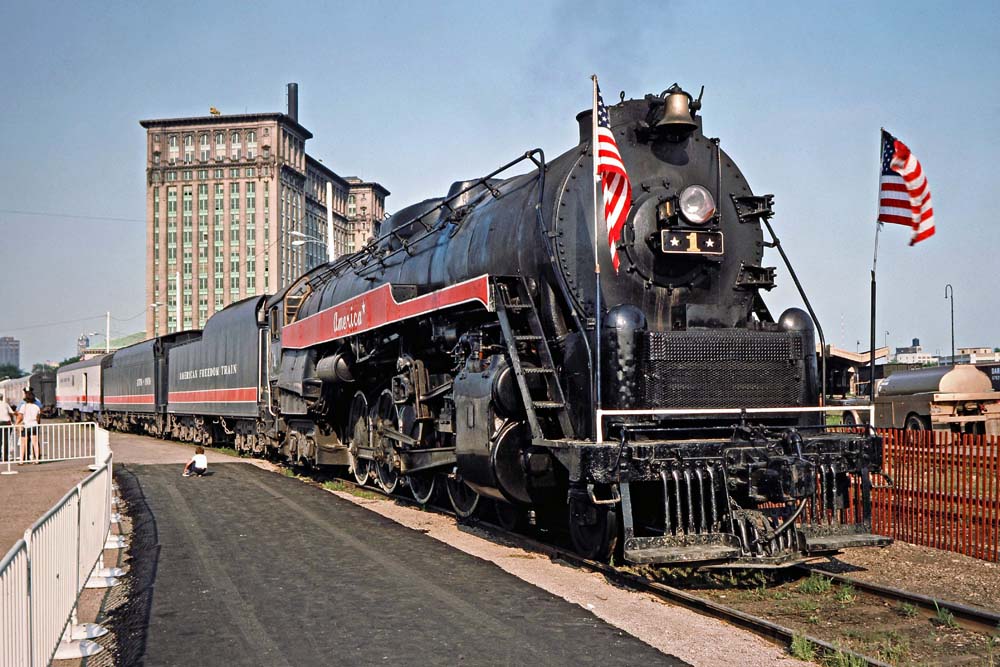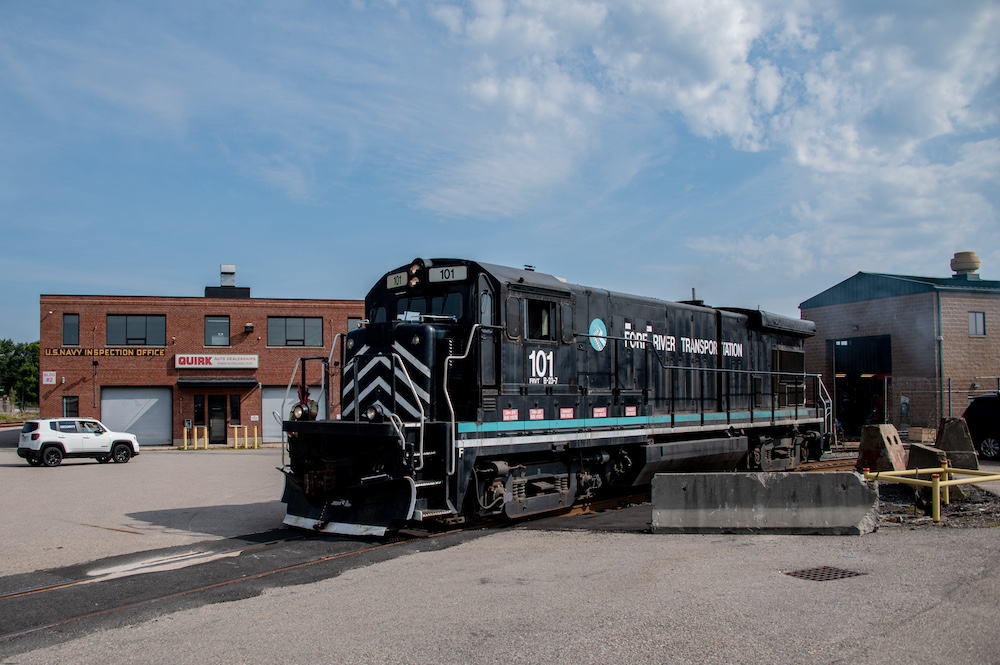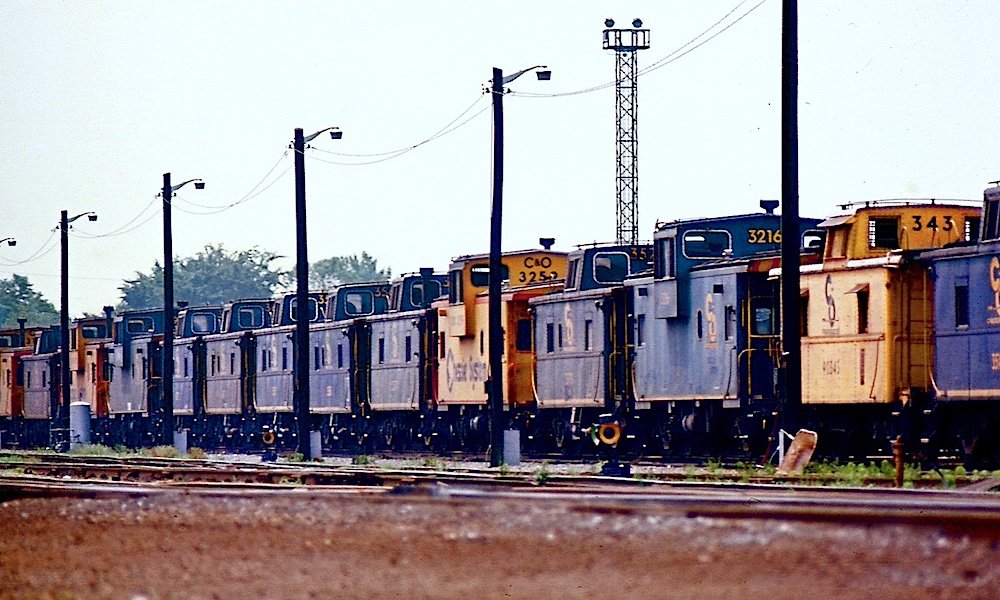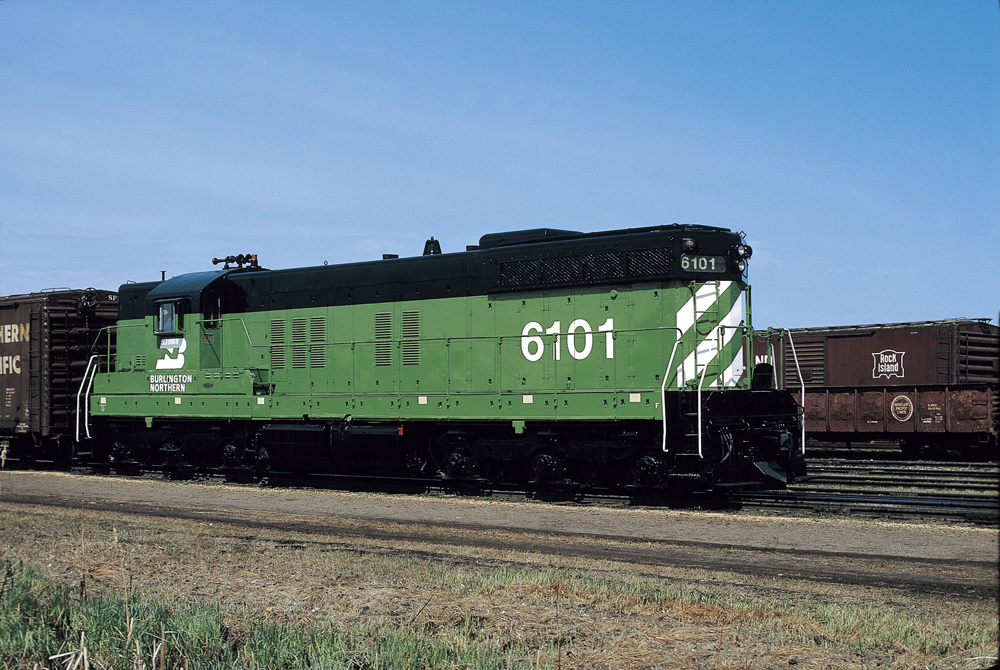Most school children learned that the Transcontinental Railroad was completed May 10, 1869, at “Promontory Point,” where the Central Pacific and the Union Pacific met, and where the Golden Spike was driven.
But modern researchers and scholars have taken issue with this name. They point out that if you consult a map, “Promontory Point” is at the tip of the Promontory peninsula that extends into the Great Salt Lake.
They further point out that the meeting place of the railroads was at “Promontory Summit,” as designated in the Joint Resolution of Congress of April 10, 1869, and that the name of the station at that location was simply “Promontory.”
Lastly they note that the railroad finally did reach “Promontory Point” in 1904, when the Southern Pacific built the Lucin Cutoff on trestlework across the northern part of the Great Salt Lake. This touched the tip of the Promontory peninsula, with a station named “Promontory Point” close to the actual geographic Promontory Point. It allowed the railroad to bypass steep grades on the eastern approach to Promontory Summit.
These researchers and scholars tell us that the proper name for the Golden Spike site is either “Promontory Summit,” or just “Promontory,” and that referring to the place as “Promontory Point” is a mistake.
But maybe it is the researchers and scholars who have it wrong; maybe “Promontory Point” is also a correct name for the location. In 1869, all three names, “Promontory Summit,” “Promontory,” and “Promontory Point” were commonly used when referring to the Golden Spike site; but by far the most common was “Promontory Point.” Did the people in 1869 not know what they were talking about?
Actually, it is the modern researchers and scholars who have applied modern geographical identifications and usages instead of the appropriate 1869 usages. Back then “Promontory Point” was not a singular geographic point or place; it referred to a geographic feature — the modern Promontory Mountain range, including the entire Promontory peninsula.
For instance, the agreement signed by Gen. Grenville Dodge, chief engineer of the Union Pacific, and Collis P. Huntington, vice president of the Central Pacific, in Washington, D.C., on April 9, 1869, designated the meeting point of the two railroads as “the summit of Promontory Point.” Dodge in his correspondence regularly referred to “Promontory Point,” and even referred to “the summit of Promontory Point” a number of times.
Sidney Dillon, vice president of the Union Pacific, spoke of Union Pacific construction “on [the] West slope of Promontory Point” (referring to the parallel grading of the Union Pacific and Central Pacific). A survey of contemporary 1869 sources finds individual writers freely intermixing references to “Promontory,” “Promontory Summit,” and “Promontory Point.” And of all those terms, “Promontory Point” probably accounts for two-thirds of the historical references.
So the next time you say “Promontory Point” and some “expert” corrects you, tell them that they are mistaken; that in 1869 “Promontory Point” referred to the whole Promontory Mountain range, and that it is a correct 1869 name for the place, along with “Promontory Summit” and “Promontory.”
Interested in learning more about the history of the Transcontinental Railroad? You’ll find it in our special issue, available at our partner website — Kalmbach Hobby Store.





